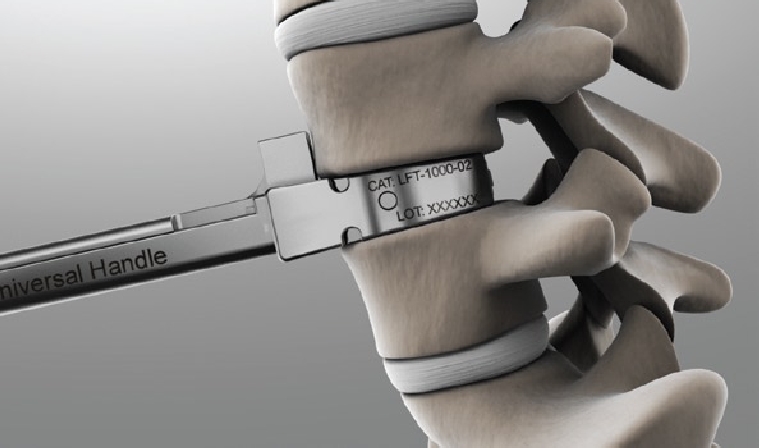What you need to know about Artificial Disc Replacement
Contents
- 1 What you need to know about Artificial Disc Replacement
- 2 What Does the Procedure Involve?
- 3 How Long Should You Stay in the Country?
- 4 How Long is the Recovery Time?
- 5 What Aftercare Should You Consider?
- 6 What is the Success Rate for Artificial Disc Replacement?
- 7 Are there Alternatives to Artificial Disc Replacement?
- 8 What Should You Expect Before and After the Procedure?
Artificial disc replacement is a surgical procedure to remove worn or damaged disc between the small bones in the spine (vertebrae) and replaces with an artificial disc. The procedure can relieve back pain while also maintaining your normal motion. It is usually performed on people that have low back pain which has not improved with non-operative care, such as injections, medication, chiropractic care, and physical therapy.
What Does the Procedure Involve?
The procedure is performed under general anesthetic, meaning you will be unconscious during the surgery. Your surgeon starts by making an incision in your abdomen and slightly moves your organs and blood vessels to the sides to access your lower back. Then, the problematic or damaged disc is removed and the artificial disc is inserted into the disc space. The final step is putting your organs and blood vessels back in place and closing the incisions with sutures.

How Long Should You Stay in the Country?
You have to stay in the hospital for a few days after the surgery, usually around 3 days. Therefore, you should plan to stay in the local area for 7 to 14 days because you will need to attend follow-up hospital checkups where your surgeon monitors your healing and removes your stitches.
How Long is the Recovery Time?
The recovery period may take from a few weeks to a few months. You should be able to get back to work and resume some of your light activities within 3 to 4 weeks, but you need to wait longer until you are fully recovered to return to your complete activities (including exercises and heavy lifting).
What Aftercare Should You Consider?
You may be encouraged to stand and walk within the first day following the surgery. Your surgeon will show you how to move properly and how to do exercises at home, such as gentle trunk twists. Make sure you continue to have regular exercise and eat a healthy diet after you recover to maintain your new disc.
What is the Success Rate for Artificial Disc Replacement?
Artificial disc replacement is known to have a higher success rate than similar surgery to treat lower back pain. More than 80% of patients are able to return to their normal life after this surgery. Possible side effects and risks include nerve injury, infection, injury to blood vessels, dislodgement or breakage of the device, sexual dysfunction, and injury to urologic structures.
Are there Alternatives to Artificial Disc Replacement?
Your alternative to artificial disc replacement is lumbar fusion surgery. However, it eliminates motion between the vertebrae and has a longer recovery time.
What Should You Expect Before and After the Procedure?
Before artificial disc replacement, lower back pain might be interfering with your everyday life. After the surgery, you can expect a reduction in lower back pain in a couple of few weeks following the surgery. However, it is important to note that the surgery does not completely eliminate your pain, so it is important to have a realistic expectation and discuss with your surgeon the best pain relief methods for you.
For an in-depth analysis of an Artificial Disc Replacement Procedure, watch this short video.
To check prices or to book an Artificial Disc Replacement Procedure in Thailand or anywhere else in the world, head on over to MyMediTravel now!

